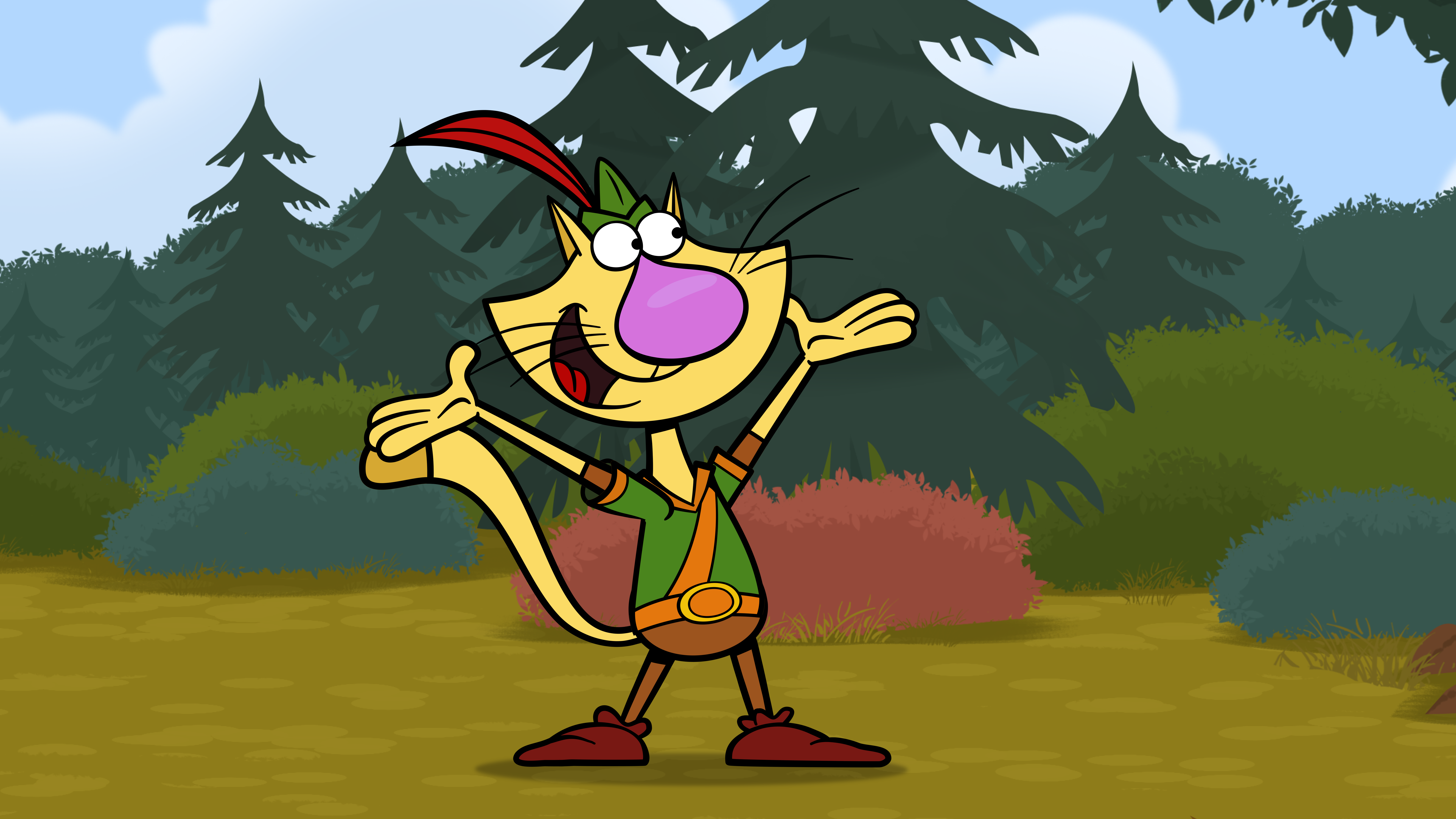
LEO, LION OF SPRING
As the weather warms, the sun gets higher, and the nights shorter, the constellation Leo comes to dominate May’s night skies. Leo is easy to find. First locate the stars of the Big Dipper, high in the north in the early evening. The stars in the Dipper’s bowl farthest from the handle always point to the North Star, Polaris, as mentioned last month. If you draw the line from these Pointers the other way, as the picture shows, you come right to the celestial Lion. Leo appears high in the south as evening falls in May.
The constellation Leo represents the Nemean Lion that according to Greek mythology, terrorized the countryside. As one of his Twelve Labors, Hercules was given the job of killing the Lion but found it was invulnerable to his arrows, and finally had to dispatch it by strangling it with his bare hands. Thereafter, he always wore the Lion’s hide as his cloak. Zeus recognized the achievement by placing the Lion in the sky, where it is seen to this very day.

As can be seen in the picture, the front part of Leo forms a backwards question mark or Sickle in the sky, ending in the bright star Regulus, whose name means “Prince” or “Little King” in Arabic. The next fairly bright star above and slightly left of Regulus is called Algieba. Look closely- do the two show different colors? Many would say that Regulus looks bluish-white while Algieba appears golden yellow. Use binoculars to see the color difference better- with a good telescope, Algieba is shown to be a fine binary star system. The difference in colors is due to the stars’ different temperatures, with Regulus being hotter. The Sickle forms the Lion’s head, while the triangle of stars to the left marks the hindquarters, with fairly bright Denebola marking the tip of the tail. The paws of the Lion are much dimmer and can’t be seen from close to the city, but with some imagination, you can actually visualize a Lion crouching there in the sky. Leo is one of the few constellations that actually looks something like the object or animal for which it is named.
Leo is known as a spring constellation as it is best seen in our night sky at this time of year, high in the south as the sky gets dark. As the hours pass, Earth’s rotation causes Leo to head farther west in the sky, rushing head first towards the western horizon. Earth’s revolution around the Sun causes the same thing to happen as the weeks pass. At dusk will appear farther and farther west, disappearing into the sun’s glare by the end of July.
As everyone knows, Leo is one of the twelve “signs” of the Zodiac. Several thousand years ago, when the astrological dates were set, the Sun was in the “house” of Leo from about July 22- August 22. However, the “house” of Leo no longer corresponds very well to the actual constellation- the Sun appears within the borders of Leo from about August 10- September 17. Of course, you can’t really see Leo very well at these times due to the Sun’s brightness. The moon and planets also appear to pass through Leo during the course of their orbits.
Gateway Arch National Park will present several Astronomy related events as part of our Gateway to the Stars program this spring, summer, and fall. On Saturday, May 18, as part of National Kids to Park Day, Challenger Learning Center will have a portable Planetarium on the Mezzanine Level of the Arch Visitor Center. PBS’ Nature Cat will put on an appearance, and there will be an opportunity to earn a special Junior Ranger Night Explorer patch. All of these activities will take place between Noon and 4 pm. That evening, your Sky Ranger will present “Ghosts of the Arch Grounds” at 8 pm, a look at the history of the Park area as it evolved from French fur trading post to warehouse district to the present National Park site, highlighting the sometimes tragic events involved. Weather permitting, volunteers from the St. Louis Astronomical Society will present free telescope viewing at the West Entrance Plaza from 8:30-10 pm, with the nearly Full Moon being visible. The Ranger talk will be cancelled in the event of heavy rain, while the telescope viewing needs at least partly clear skies in order to be held. Call 314-655-1708 the afternoon of May 18 for an update on the weather if you’re not sure. The daytime activities will be held regardless of the weather.

The program will continue on June 15, July 13, and August 17, with talks inside the Arch Visitor Center at 8 pm, followed by (weather permitting) telescope viewing on the West Entrance plaza until 10 pm. More about these next month!
